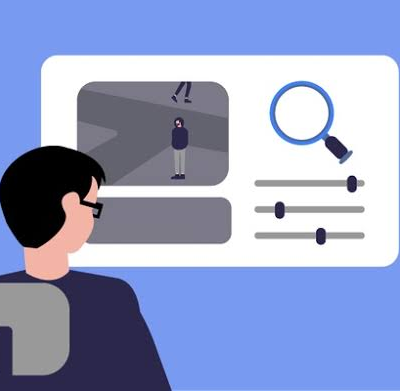Worldwide, forensic video evidence has altered how judicial proceedings are conducted. 20 years ago, there were fewer technical obstacles and only analog video devices available for forensic video. Today, however, 85% of all criminal investigations use video evidence, and 94% of users face difficulties as a result of data digitization.
Due to the phenomenal expansion of video, it is no longer practical for a forensic video lab to handle all video evidence on an exclusive basis. In many investigations, forensic video knowledge may be essential, although video is regularly examined by cops, attorneys, and other people with little to no experience. In actuality, 47% of sworn officers have little to no training, while 70% of them engage with video evidence.
According to recent poll data, investigators become more apprehensive about interpreting video evidence incorrectly the more training they have. How come? What you see on video footage may not necessarily be an accurate depiction of what actually happened.
This article will outline key points about video evidence that every investigator should be aware of. These points will help you determine when it’s safe for you to review video evidence on your own and when you should seek professional forensic services.
Tips You Should Know as a Forensic Video Analyst

The colors can alter in unexpected ways using infrared cameras
For capturing evidence in shadowy areas, infrared cameras work well. It’s crucial to understand, though, that an infrared camera’s black-and-white image does not necessarily alter objects’ colors the way you might expect.
It is important for forensic experts to be conscious of how infrared cameras can change the manner in which individuals and other objects appear, and to take that into consideration while conducting investigations.
Always use the original file when working
Investigators frequently use transformed versions of the original video files. A CCTV camera, for instance, might record to a proprietary camera. Dav file format that won’t run on a machine used for investigation.
Not being able to examine an important piece of evidence can be very irritating. Officers who come across a file they are unable to play will, on average, spend 83 minutes online looking for a converter or player.
Unfortunately, the accuracy of these procedures is not always reliable. Online converters and proprietary DVR players can change the video evidence by adding or deleting frames, flipping the image, altering color combinations, and more.
The Video Evidence Is Not Self-Evident
Another common misunderstanding is that video evidence “speaks for itself” and is a silent witness.
Due to a Canadian Supreme Court decision that has been widely accepted around the world, this theory has gained a lot of credence. Additionally, it was decided back in the days of analog video, when playback and quality of video evidence were far more reliable.
But today, things are different. In an interview with Eugene Liscio, Grant Fredericks, a qualified forensic video analyst, stated the following:
“The concept that video speaks for itself is probably the most egregious introduction of an argument that I have heard, in court as it is testified today. This is because video does not speak for itself. Depending on how the video has been captured, colors may not present correctly, shapes may not present correctly. Oftentimes the video is not acquired accurately. Images will be dropped…So interpretation is critical. Video, like any other witness, can be misleading and must be interrogated.”


